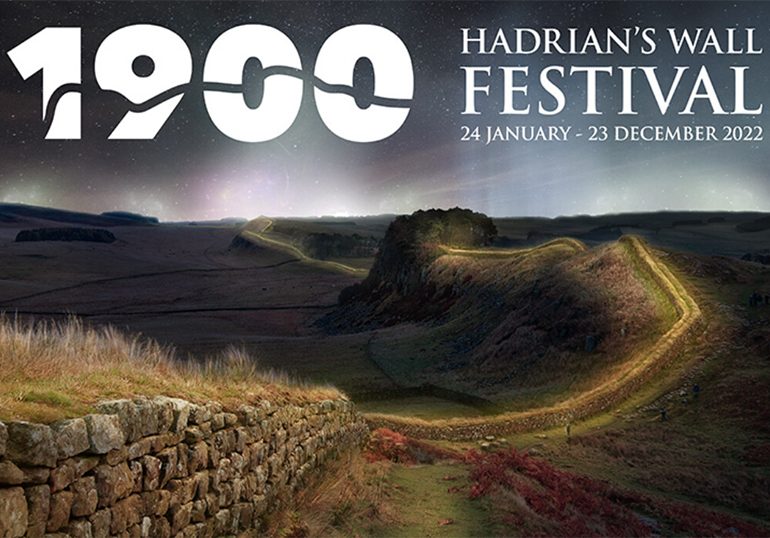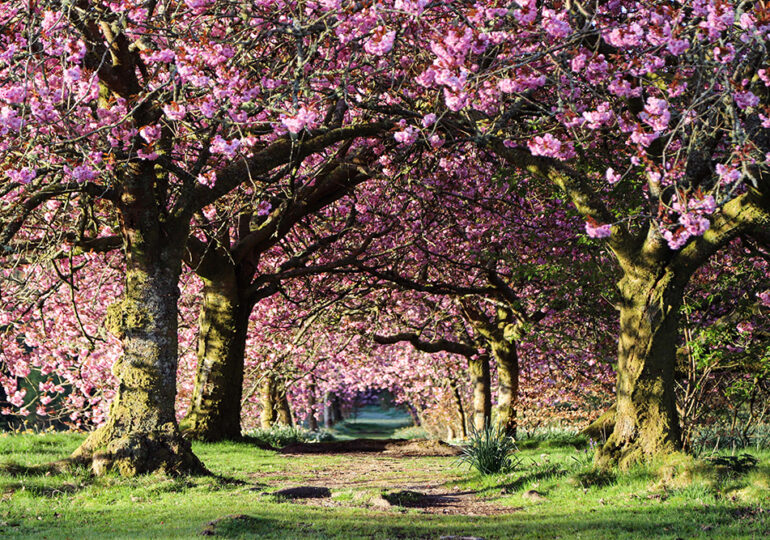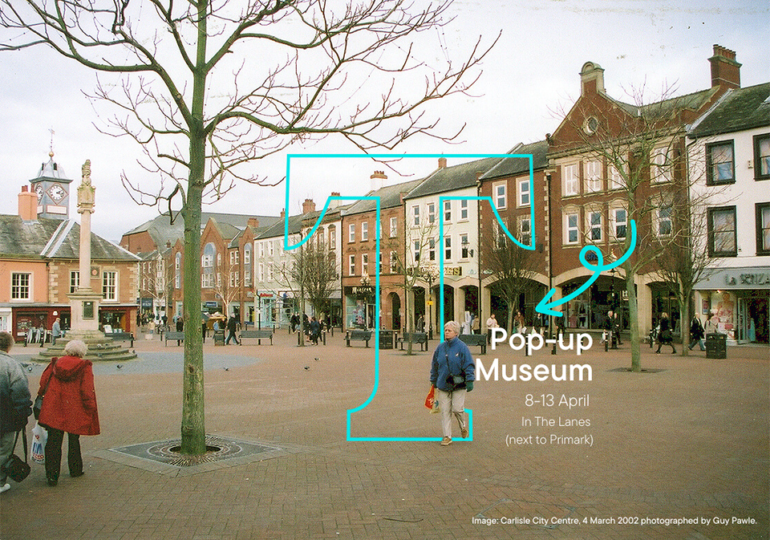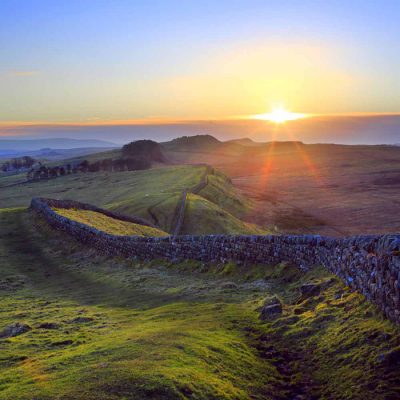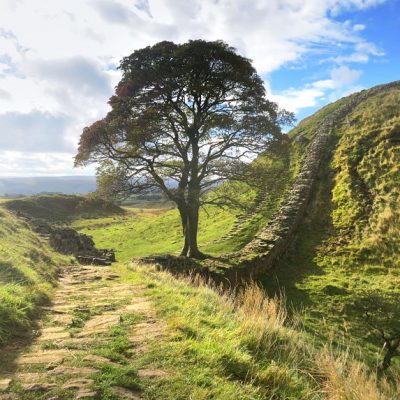Why building Hadrian’s Wall was a gigantic mistake
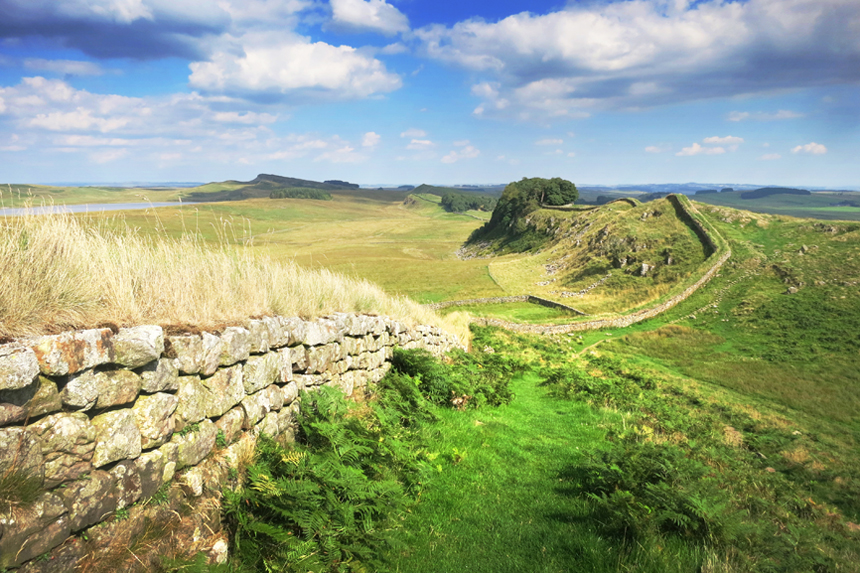
Why building Hadrian’s Wall was a gigantic mistake – This month renowned writer and journalist Paul Eastham launches yet another fantastic book, Secrets of the Lost Kingdom.
Secrets of the Lost Kingdom is the latest book in the Hidden Cumbrian Histories series and consists of many fascinating, short-stories with each delving into a different aspect of Cumbria’s incredible past.
Discover how, after the Romans left it became a separate Celtic kingdom for 500 years.
Secrets of the Lost Kingdom also reveals the life of a man in a lead casket; why building Hadrian’s Wall was a mistake; how farming brought violence to Cumbria; how Mary, Queen of Scots committed a fatal blunder in Carlisle; how Lady Hamilton inspired and destroyed an artistic genius and how a hesitant haberdasher stitched up the Nazis and whether Cumbria’s hero of exploration was really a lunatic bungler.
Below is an extract from Secrets of the Lost Kingdom on why building Hadrian’s Wall was a gigantic mistake.
Hadrian’s Wall is the largest monument the Romans left behind in Britain, and it lies on the farthest-flung frontier of their Empire.
It was also a gigantic mistake.
Nothing else in Britain approaches its vast scale: running for a total of seventy-three miles from the River Tyne to the Solway Firth and another fifty miles down the Cumbrian coast, it took 15,000 men six years to build.
The Emperor Hadrian took the momentous decision in 122 AD to halt the growth of the Empire and build Rome’s greatest borderline after the British killed an extraordinarily large number of Roman soldiers on the tempestuous northwest boundary in the 2nd Century.
Cumbria was Rome’s Afghanistan. The Romans were compelled to deploy more soldiers in Britain than anywhere in the Empire, yet they still could not control the Cumbrian population.
The vast wall was manned by upwards of nine thousand soldiers for three hundred years. It was designed, in Hadrian’s words, to “separate Romans from the barbarians” and stop the ferocious Caledonians from making common cause with dissident tribes in the south.
But did this vastly expensive infrastructure project, with its imposing stone masonry fifteen feet high and ten feet wide succeed?
The truth is that the elaborate structure was overrun several times by the northern barbarians. The exorbitantly expensive project in relatively unproductive Cumbria failed in its purpose. It did not secure the peace and prosperity of a Romanised Britain. It was not even able to persuade most Cumbrians that there were benefits in Roman domination.
The precise reason is not immediately obvious. There was nothing wrong in principle with the wall that Hadrian designed as a piece of military kit. In fact, military experts argue, the concept was brilliant. The true explanation for the failure of Hadrian’s Wall is more complex – and the same flaw eventually helped bring the entire Empire down.

The trouble started at the very outset. Emperor Claudius made several false assumptions when he ordered a force of 40,000 legionaries to conquer the island in 43 AD. He assumed he would win a rapid victory over the unsophisticated and disunited British barbarians.
Rome’s rigid military tactics involved deploying long lines of legionaries behind walls of shields. This approach assumed the enemy would obediently present itself in the open for set-piece battles – which never happened in Britain.
When under pressure, the Brits could scurry back into their refuge forts situated on high ground such as the one 2,000 feet up on top of Carrock Fell which the Romans struggled to overcome during their conquest of Cumbria in 71AD. It is telling that, even after Rome swept into the north, the Romans took another twenty-seven years to conquer the most mountainous parts of the Lake District including the Celtic fortress on Castle Crag in Borrowdale.
Once the revolt in AD 61 by Boudicca, the Iceni tribe leader, which saw 80,000 Romano-British people slaughtered, Rome sought to heal the wounds with a campaign of Romanisation, building baths, villas, hypocausts, roads, literacy and…peace.
Yet the Romanisation policy ran out of steam once the military hit Cumbria. Although an estimated 1,500 villas were built in the south, no more than twenty got built north of the Severn-Trent line, and none in Cumbria.
Northern tribes were a different breed, the Romans decided. In the south, the flavour of the occupation was civilian. In the north, and particularly in Cumbria, the taste was military. Something about Cumbria made Hadrian’s wall fail.
To Find out what it was… then order Secrets of the Lost Kingdom from www.fletcherchristianbooks.com/product/secrets-of-the-lost-kingdom
You won’t be disappointed….
Share It:



